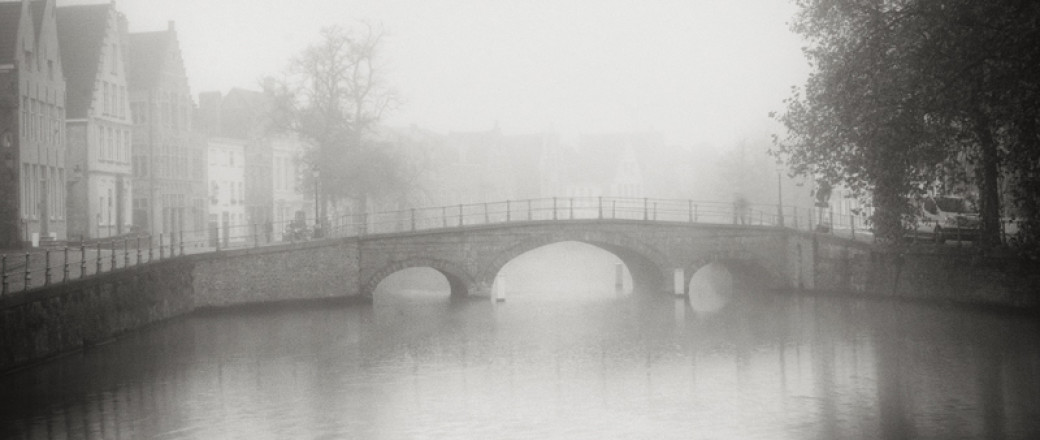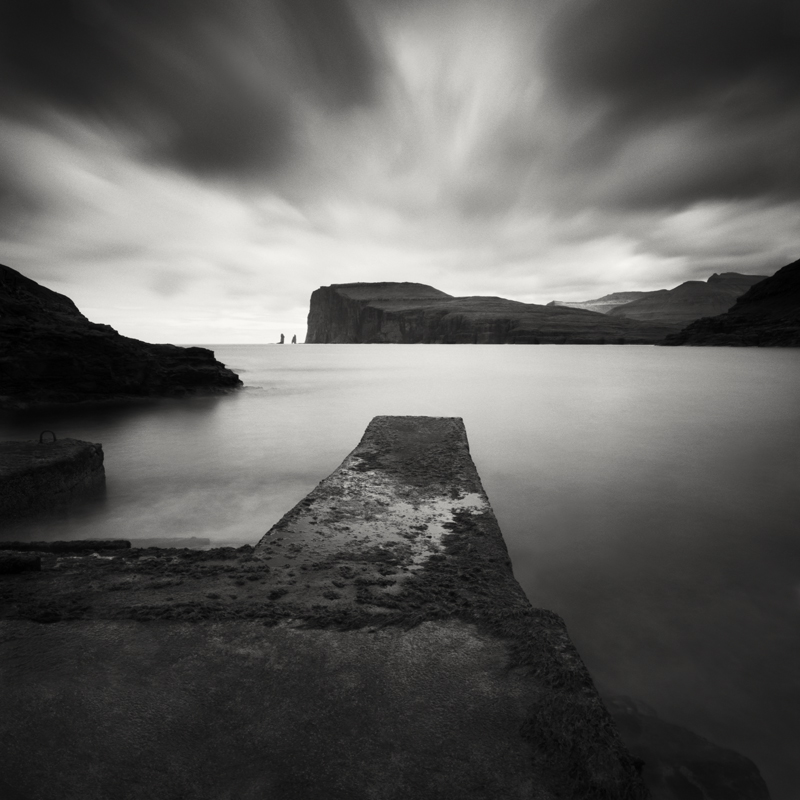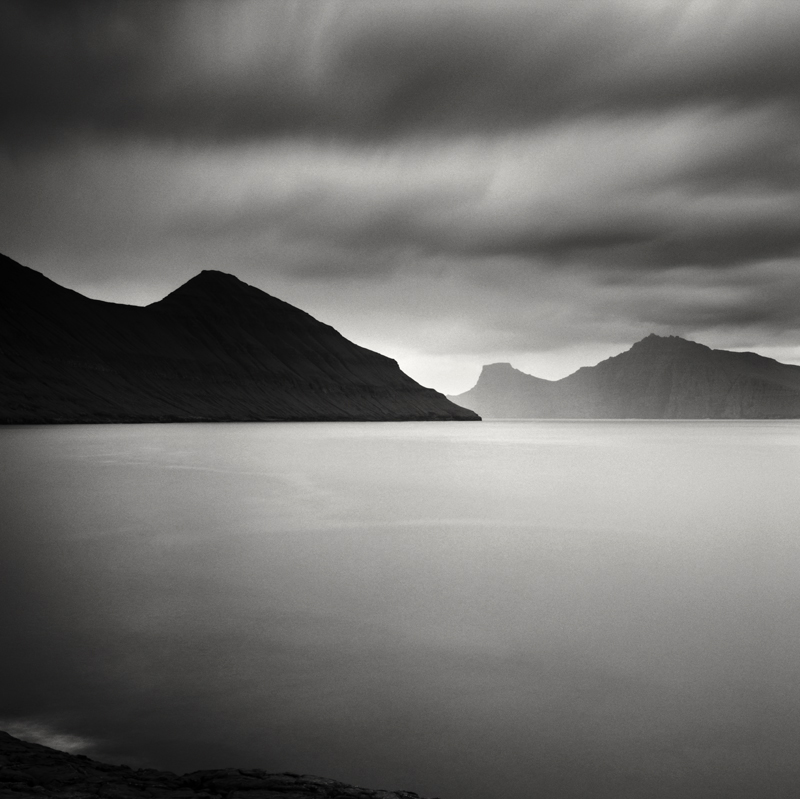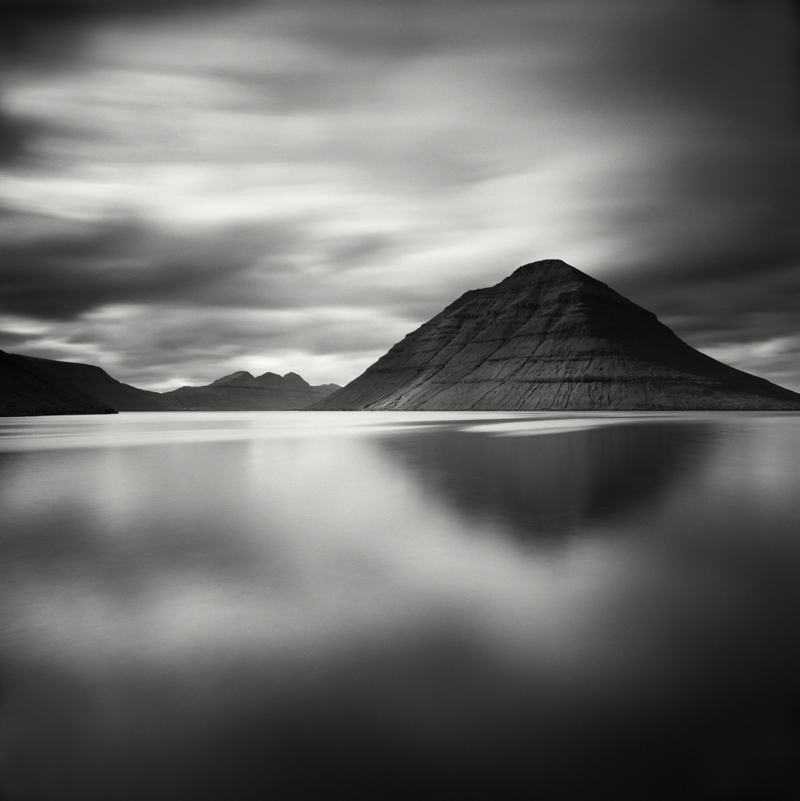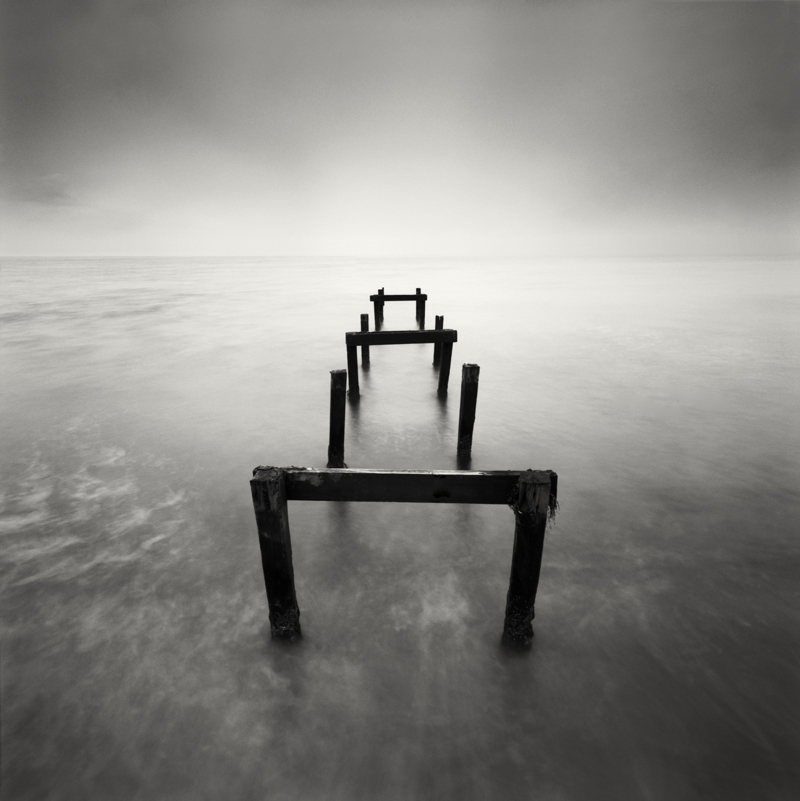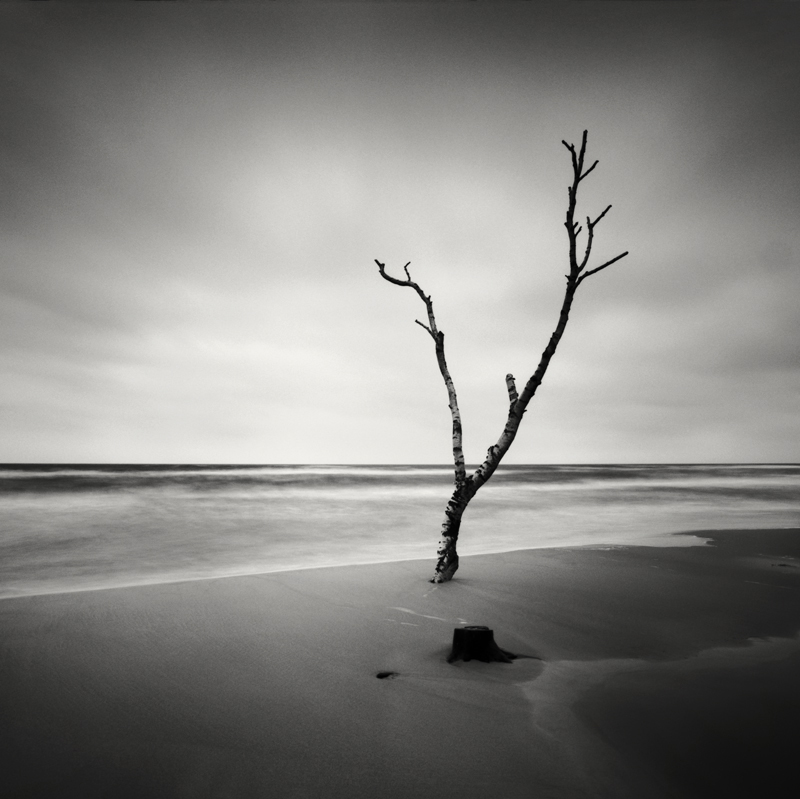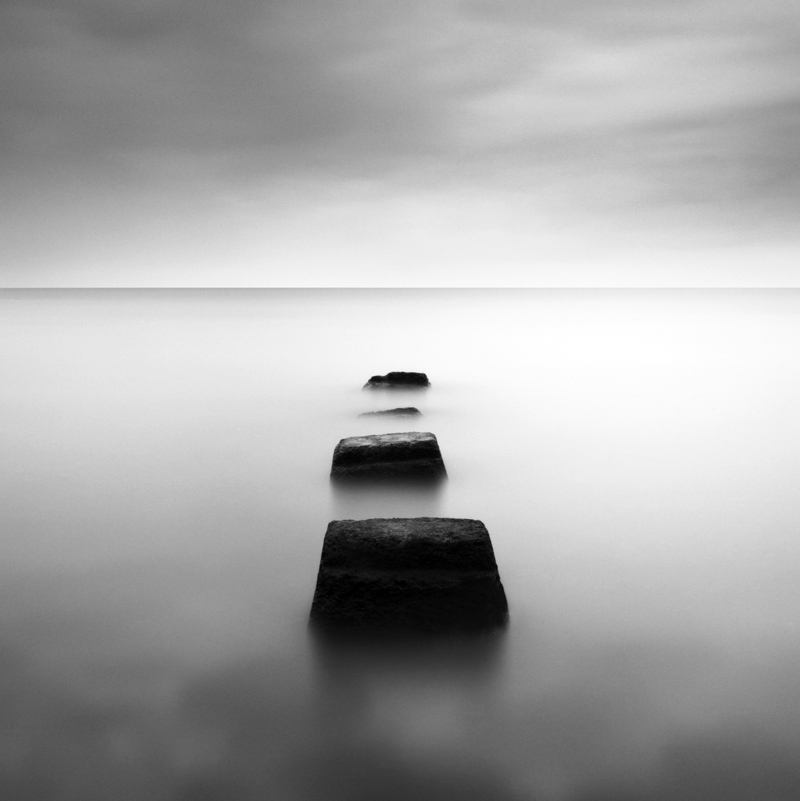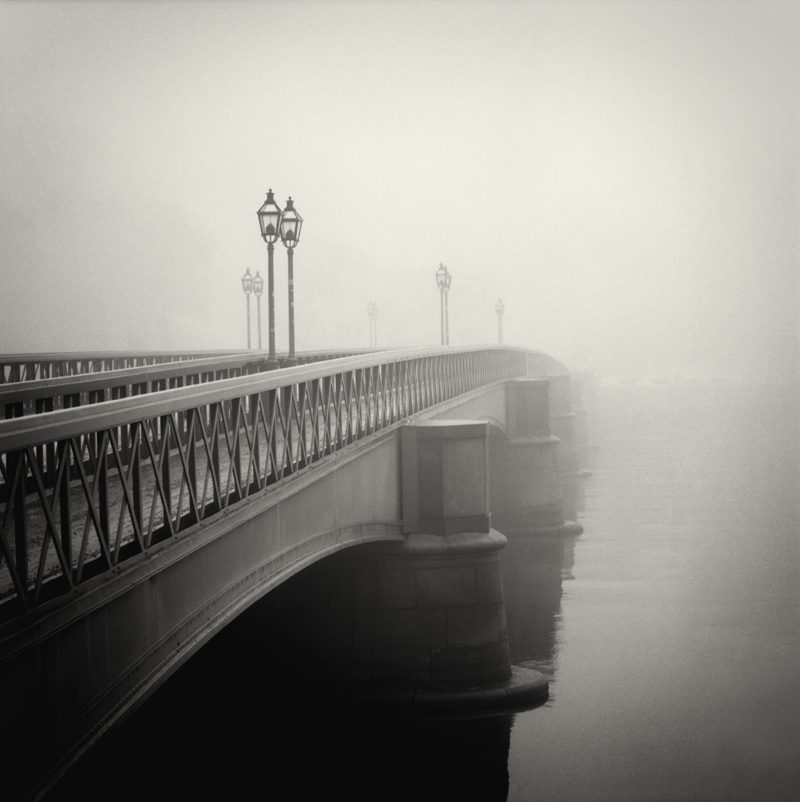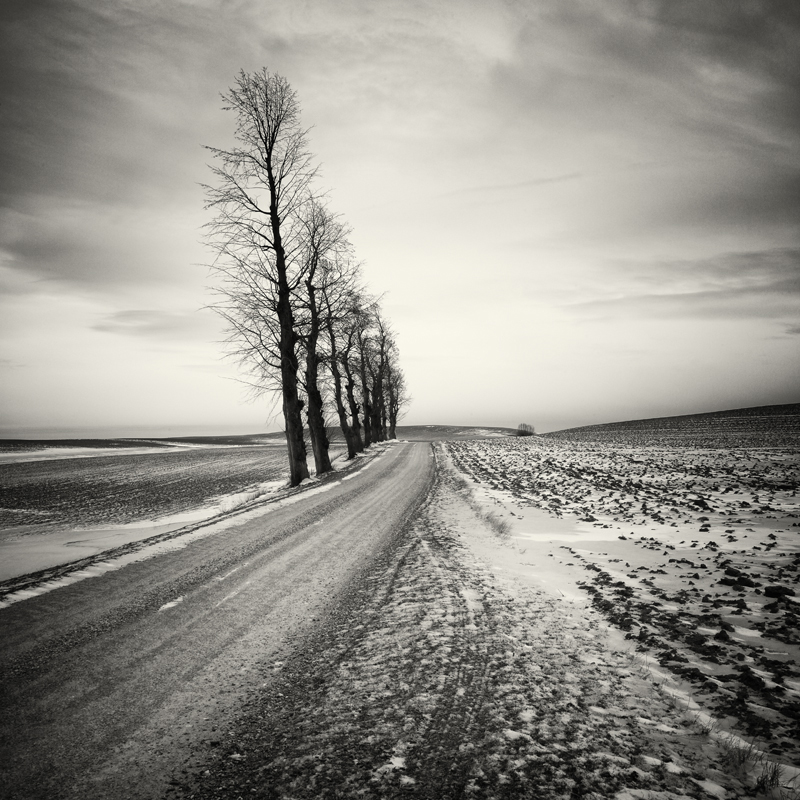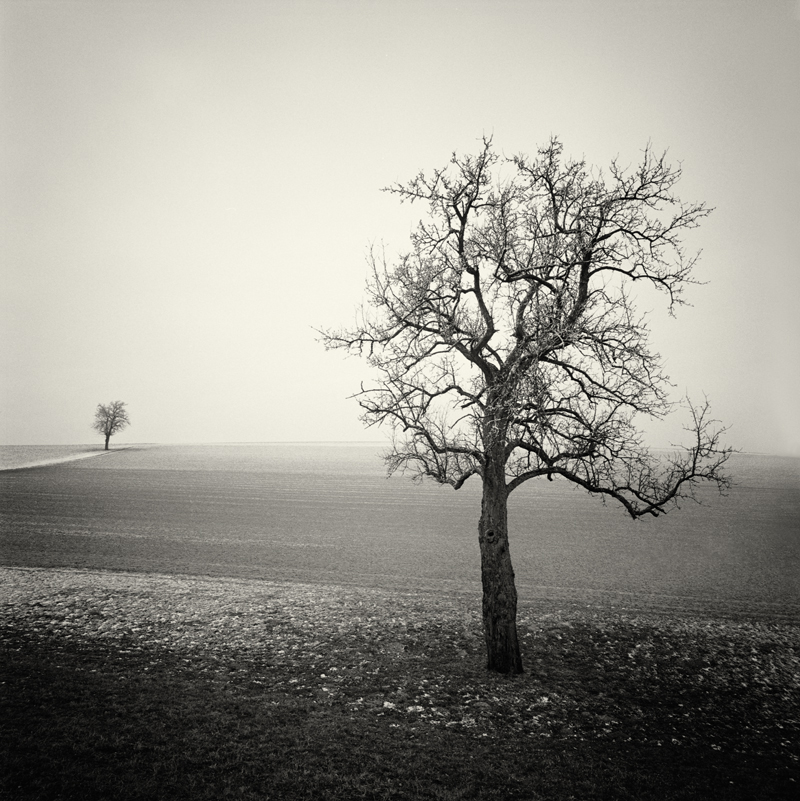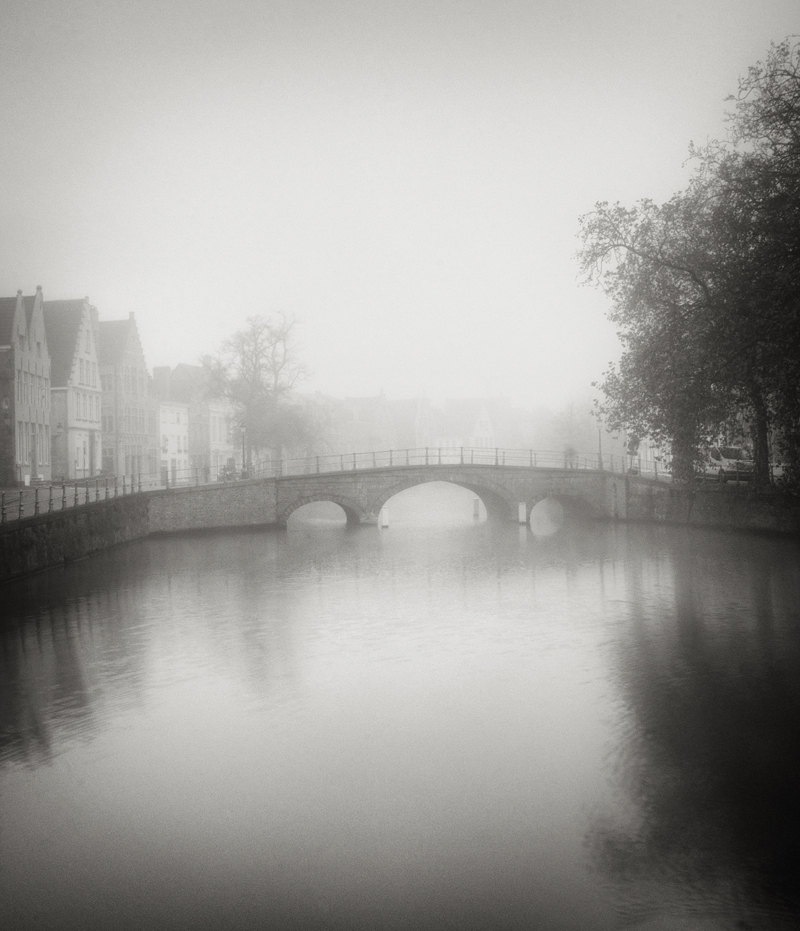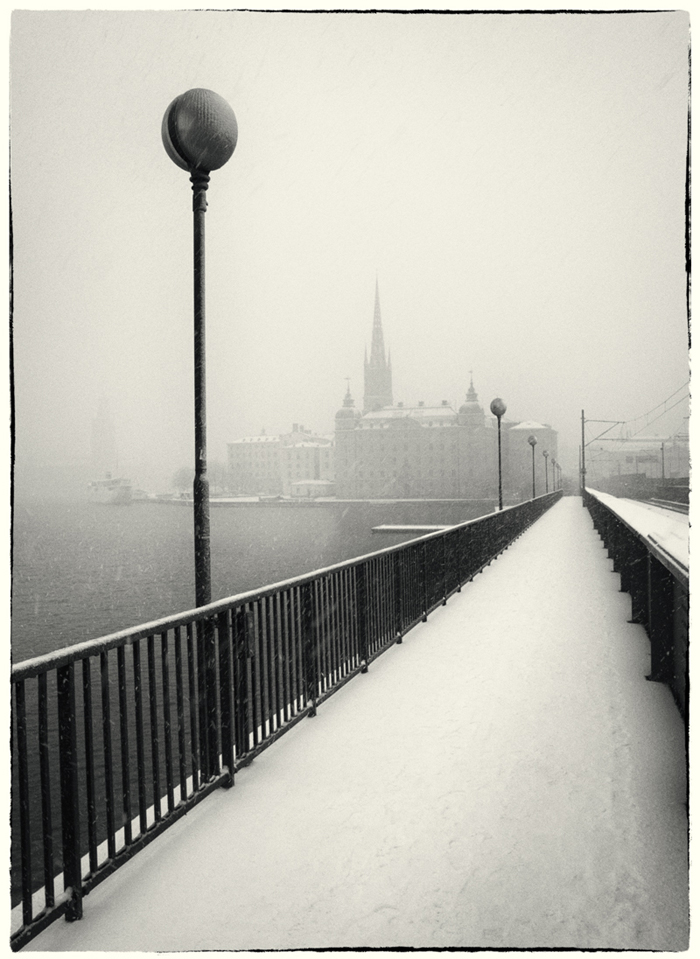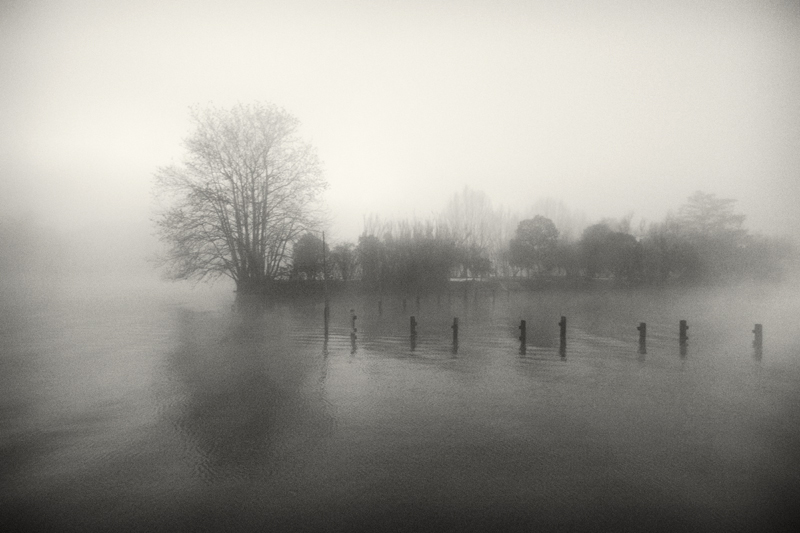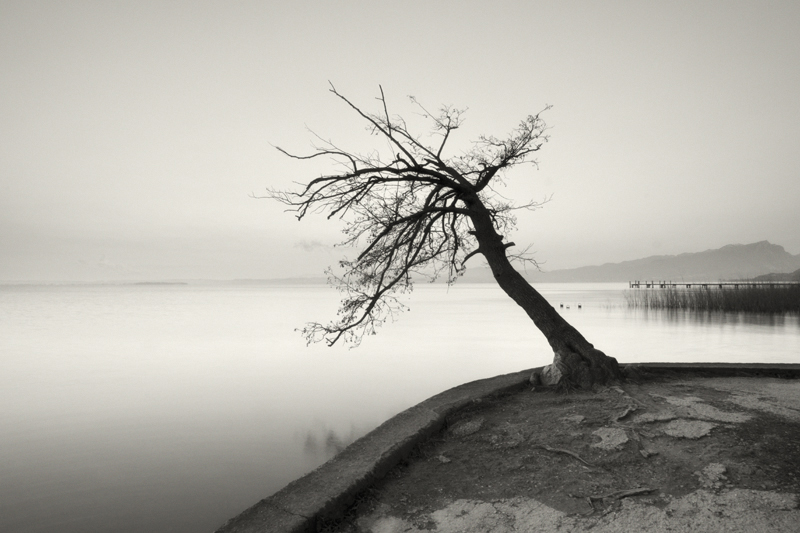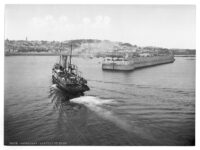Håkan Strand, born in 1959, lives in Stockholm, Sweden.
Strand is an award winning Fine Art Photographer based in Stockholm, Sweden. He brings his Scandinavian influences into his photography to create a style which is characterized by sophisticated simplicity of form, beauty and lines. By making use of low light environments, between dusk and dawn, bad weather and gray cloudy skies, the artist is able to create his elegant and atmospheric black and white photographs.
Håkan Strand is represented in galleries around the world and widely published all over the globe. His fine art photography prints are held in private and corporate collections, including the Swedish embassy in India. He has received several international awards for his photographic work. He was awarded 1st prize in the Prix De La Photographie in Paris, France, 2007, for his Waterfront Studies. This series was also selected as Best of Show by Anthony Bannon, Director of George Eastman House in Rochester, NY, USA. Håkan was a Merit Award Winner in Black and White Magazine, UK, 2008. He also received Merit of Excellence in the Black & White Spider Awards, 2008, and an Honor of Distinction in the Black & White Spider Awards 2010. The same year he was awarded 1st prize by IPA, International Photography Awards in the USA.
1. How and when did you become interested in photography?
I first became interested in photography as a teenager when I chose the subject as an elective course in school, back in 1973. I still remember when I saw my first photograph being developed in front of my eyes. It was a magic moment. I didn’t really understand it then, but that moment would have a huge inpact in my life.
My interest in photography waxed and waned for many years. But in 1991, when I lived in New York, I became truly hooked. I discovered many galleries for fine art photography and saw many wonderful exhibits. Since then I have been working quite hard to fulfill my dream of being a professional fine art photographer.
2. Is there any artist/photographer who inspired your art?
Besides old masters like Elliott Erwitt, Bill Brandt, Edward Weston and Henri Cartier Bresson, two contemporary photographers who inspire me are Bill Schwab from Michigan and Kirsten Klein from Denmark.
3. What has been your favourite photo location?
It’s actually right here where I live, the scandinavian countries.
4. Why do you work in black and white rather than colour?
I always liked black and white photographs. I have several books with old photos from Stockholm. I think a good black and white photograph has aesthetic qualities which I find appealing. I like the relationship between the darkest black and purest white, and all the variations of grey in between. I also like well composed photographs with strong graphic elements, which I think can be enhanced in black and white.
5. How much preparation do you put into taking a photograph/series of photographs?
I always plan my photo trips very carefully. I select a few areas with some specific motifs that I want to photograph. When I have accomplished my mission, I often spend a few extra days on the location and play it by ear. I like to just stroll around and explore the surroundings and take photographs of things that I find interesting.
I also check the weather forecasts quite carefully. Even though I enjoy sunny, bright days, I don’t like taking photographs in these conditions. Contrary to many others here in Scandinavia, I like our misty, cold and long winters. I enjoy working in ”bad weather,” particularly when the landscape is covered in snow, mist and fog, or simply under an endless dull, gray sky. These weather conditions are actually key ingredients in my work.
Regarding the technique, I have two Hasselblad medium format cameras, one from 1973 and one from 1982. I develop my own negatives, mostly 10 minutes in Xtol. I am very careful when I develop the negatives. I hang the wet film in a homemade tent, which gives me 99 % dust free negatives.
When I scan the negatives, I just do some basic adjustment like croping, contrast adjustment, dodge and burn, etc. I often add a slightly warm tone, which I think gives a nice atmosphere to the images.
6. What future plans do you have? What projects would you like to accomplish?
My plans are just to continue to work as I do today, which includes several different projects. I don’t plan too much what the end result will be for my works. The future will tell what these projects will lead to.
Website: www.strand-photo.com

